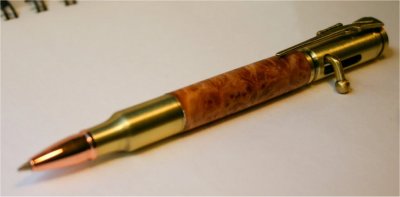My fish has ragged fins or fin rot?
 Fin rot is nearly always a sign of stress and the most important step is to try and determine why the fish is stressed and resolve the problem. It is important to realise that the stress could be initiated by virtually anything, for example poor water quality, parasites, etc. – so therefore it really needs a full examination of both the fish and the water . If the problem is caught early enough, simply removing the source of the stress will be enough and the fish will probably recover. However, if the problem is more severe and the infection has a firm hold it may be necessary to trim away the diseased portion of fin and consider a course of antibiotics. Obviously this may require professional assistance.
Fin rot is nearly always a sign of stress and the most important step is to try and determine why the fish is stressed and resolve the problem. It is important to realise that the stress could be initiated by virtually anything, for example poor water quality, parasites, etc. – so therefore it really needs a full examination of both the fish and the water . If the problem is caught early enough, simply removing the source of the stress will be enough and the fish will probably recover. However, if the problem is more severe and the infection has a firm hold it may be necessary to trim away the diseased portion of fin and consider a course of antibiotics. Obviously this may require professional assistance.
My fish has ragged fins or fin rot?
Fin rot is a general term for necrotic loss of fin tissue, resulting in split or ragged fins. It is usually the edge of the fin that is attacked, although occasionally a hole may appear in the middle of the fin. The appearance of fin rot can vary between a distinct, semi-circular “bite” shape and a “shredded” effect.
The edge of the lesion is usually opaque or whitish. In advanced cases there may be some reddening or inflammation. The main threat from this fish disease is, if left untreated fin rot can slowly eat away the entire fin along with the fin rays and start to invade the fish’s body, leading to peduncle disease if the caudal (tail) fin is involved, or saddleback ulcer if the dorsal (top) fin is affected. Fin rot is a bacterial disease involving opportunistic bacteria such as Aeromonas, Pseudomonas or Flexibacter that abound in all aquatic environments. Secondary fungal infections are not uncommon.

With very few exceptions, virtually all cases are precipitated by stress, fear or poor environmental conditions. Indeed, fin rot is often one of the first signs that a fish disease problem exists and all cases should be investigated to determine the underlying cause. When I have fish in for hospitalization, occasionally some sensitive fish will start to develop fin rot as a consequence of their strange new surroundings and being handled – even though they are being kept in optimum conditions. It is usually self-resolving as they settle in, but does demonstrate just how sensitive fish can be to stress and how fin erosion is often a sign that all is not well.Usually caused by stress
Treatment
At the expense of being repetitive, stress is the major cause of fin rot. This could be due to a fish disease such as parasites, or overcrowding, low oxygen levels, bullying, poor water quality etc. The most important first step is to resolve any stressors. If caught early, this may be sufficient.
In more advanced cases it may be necessary to trim the affected fin and remove the necrotic tissue. This has to be done when the fish is sedated. It is important to use sterile scissors and treat the clean edge with an antiseptic such as povodine-iodine. This procedure does carry with it a risk of secondary infection and it is important that the fish is returned to optimum conditions and its progress closely monitored for the next week or so.
If the fin rot has advanced the full length of the fin and is threatening the body, this procedure would need to be accompanied by a course of suitable antibiotics.
Does the tissue grow back? In minor cases where only the fin tissue is affected it probably will, but in more advanced cases, particularly if the fin rays (bones) are affected, the chances of re-growth are slim.
How Long Does it Take for Grow Back?
The edge will look impressively smooth and healed in just a couple weeks but it will be months for the tail to regain it’s original length – worse, there will always be a defect in the tail at the original “blast line” where you got the brakes on the infection.




